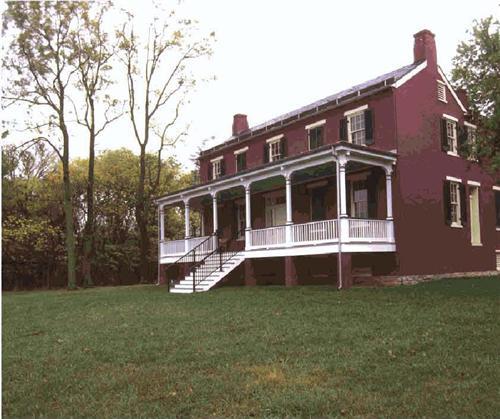Sign up for the Family Tree Newsletter Plus, you’ll receive our 10 Essential Genealogy Research Forms PDF as a special thank you!
Get Your Free Genealogy Forms
"*" indicates required fields
In July 1864, a small Confederate army moved on Washington while federal troops were preoccupied elsewhere. At the Battle of Monocacy Junction in Maryland, a hastily assembled Union force managed to delay the Confederates just long enough for reinforcements to arrive and defend the capital.
It’s called “the battle that saved Washington,” but Monocacy’s battlefield itself is in need of rescue, according to the Civil War Preservation Trust (CWPT) <www.civilwar.org>. Several threats prompted the group to include Monacacy on its annual list of endangered battlefields: a proposal to construct a nearby waste-to-energy facility whose 150-foot smokestack would intrude on battlefield vistas; the potential widening of the highway that bisects the field; and its position within the National Interest Electric Transmission Corridor, which could allow the construction of high voltage towers on the preserved landscape.
CWPT named nine other at-risk sites, including Antietam, Md., and Cold Harbor, Va., which are vulnerable to everything from cellular communications towers to housing developments. See the rest of the list on CWPT’s Web site.
Last year, CWPT secured the permanent protection of 1,616 acres at 12 battlefields in five states: Mississippi, North Carolina, Tennessee, Virginia and West Virginia. That pushed it past the 25,000 milestone: Over two decades, the group has protected 25,289 acres of battlefields at 99 sites in 18 states.

From the July 2008 Family Tree Magazine
ADVERTISEMENT

